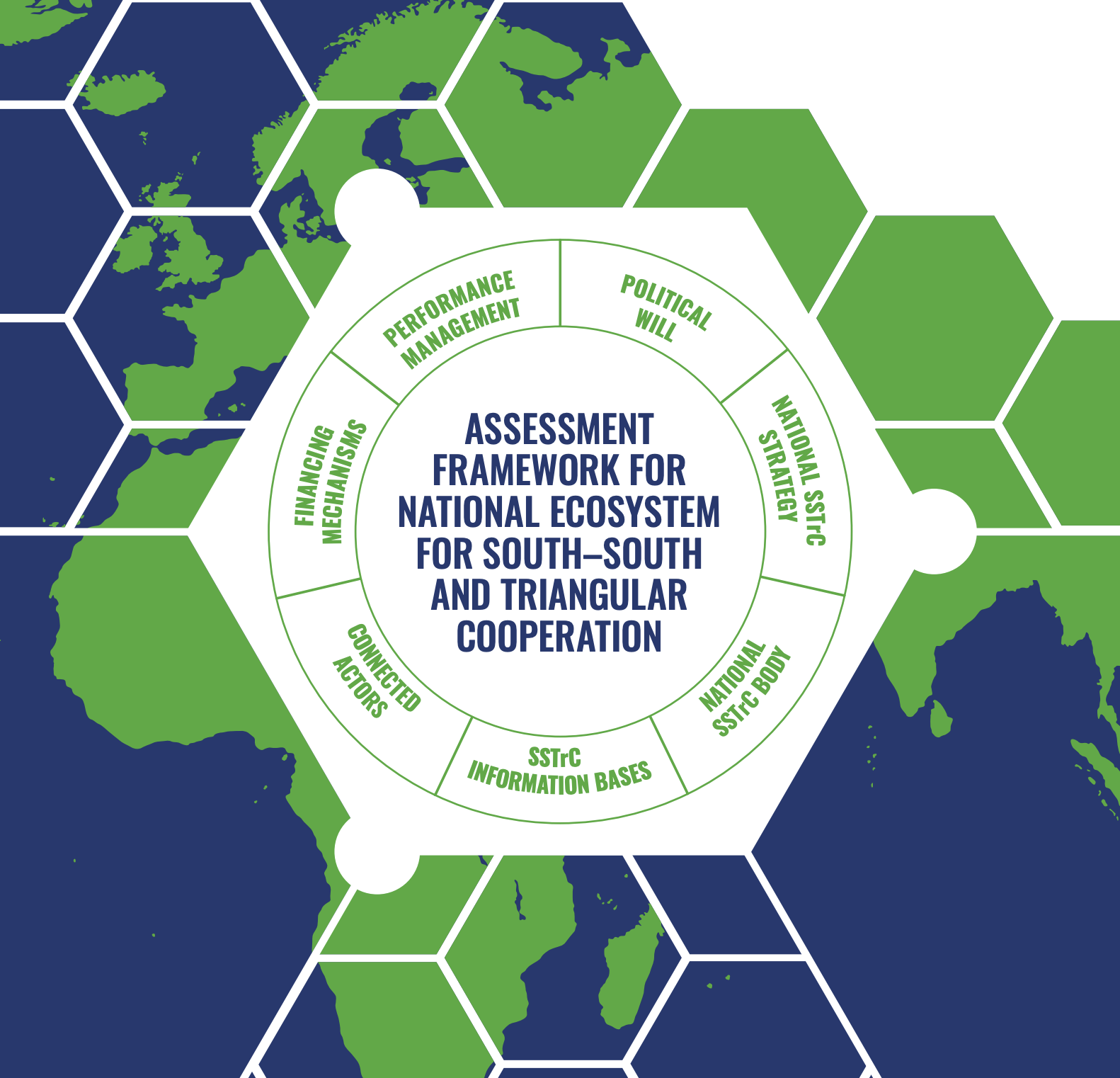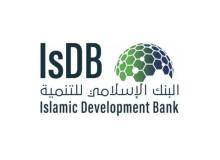
National Ecosystems for South-South & Triangular Cooperation
Developing countries from the South have long envisioned a mutually beneficial cooperation model founded on a common history and shared values of solidarity, fairness, and mutual support. The efforts of the South to elaborate “more specific regional, sub-regional, and national programs of cooperation” have been recognized since the Bandung Conference in 1955 and the Buenos Aires Plan of Action (BAPA) for Promoting and Implementing Technical Cooperation among Developing Countries in 1978. These deliberations culminated in a set of principles that formed the South–South Cooperation (SSC) framework. Over the years, the depth and breadth of SSC have increased, leading to more effective interventions in technical cooperation and South–South trade and investments, as well as in other exchanges. Traditional donors have noted how SSC has developed into an effective mechanism for solving development challenges and are increasingly supporting SSC through a mechanism termed Triangular Cooperation. Thus, South–South and Triangular Cooperation (SSTrC) became an important modality of international cooperation for development that contributed to the achievement of the 2030 Agenda for Sustainable Development.

